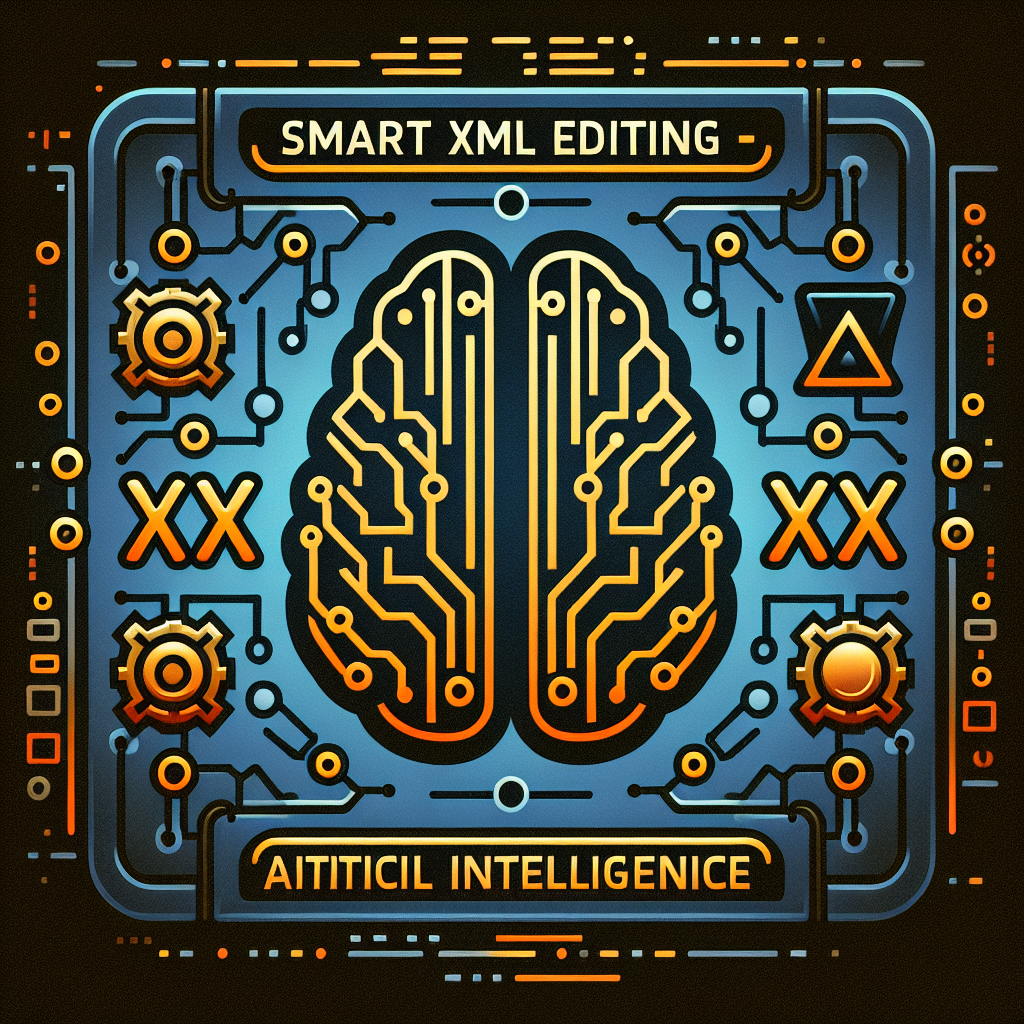The advent of artificial intelligence (AI) is reshaping the landscape of data management, particularly in the realm of XML editing. As organizations increasingly rely on efficient data integration, the need for advanced editing solutions has become crucial. Smart XML Editing, leveraging AI technologies, promises to streamline the editing process and address longstanding challenges associated with Extensible Markup Language (XML).
Challenges in Traditional XML Editing
XML has long served as a foundation for applications ranging from web services to configuration files, allowing structured data representation. Yet, editing XML files presents significant hurdles, especially in large-scale projects. Common challenges include:
– **Manual Errors**: A single misplaced tag or incorrect syntax can cause system failures or bugs, leading to costly downtime.
– **Complex Navigation**: As XML files expand, navigating through nested elements often becomes complicated. This complexity hinders tasks such as updates and deletions.
– **Validation Difficulties**: Ensuring compliance with specific schemas is essential, but validating extensive XML files can be both time-consuming and prone to errors.
– **Performance Issues**: Large XML files can slow processing speeds, complicating real-time editing efforts.
AI-Driven Solutions in XML Editing
To combat these challenges, Smart XML Editing utilizes AI-driven tools that incorporate machine learning algorithms and natural language processing. These innovations enhance productivity and accuracy in XML editing through several key functionalities:
1. **Intelligent Syntax Highlighting and Auto-completion**: AI-enabled editors analyze context to provide real-time suggestions as users type. This not only reduces syntax errors but also accelerates the coding process, making it easier for developers to identify issues quickly.
2. **Automated Validation and Correction**: AI tools can identify common validation errors and suggest corrections almost instantaneously. By analyzing extensive datasets, these systems ensure edits adhere to established standards with remarkable precision.
3. **Semantic Understanding and Navigation**: Utilizing natural language processing, AI-powered editors can interpret user intent. When a developer searches for specific elements, the tool can intelligently navigate the XML structure, highlighting relevant sections and saving time.
4. **Version Control and Change Management**: AI facilitates effective version control by tracking edits and analyzing the context of changes. This enables developers to manage complex revisions, allowing for easy reversion to earlier versions while maintaining a clear audit trail.
5. **Data Transformation and Integration**: AI-driven editing tools can automate the transformation of XML data for diverse applications, significantly reducing the time required and minimizing the potential for errors.
6. **Predictive Analysis and Insights**: By examining historical editing patterns, AI can offer predictive insights, helping developers anticipate issues before they arise. This proactive approach can mitigate risks and prevent delays in project timelines.
As AI continues to evolve, the future of Smart XML Editing appears promising. Experts anticipate the development of even more sophisticated tools that integrate deep learning capabilities, enhancing understanding and interaction with XML. This evolution may lead to a shift toward fully automated XML editing, significantly reducing the need for manual intervention.
In conclusion, Smart XML Editing represents a substantial advancement in how developers interact with data. By harnessing AI’s capabilities, it addresses many traditional XML editing challenges and paves the way for a more efficient, error-free process. As this technology matures, it is poised to redefine data management, making XML editing faster, smarter, and more accessible for users across various sectors.
